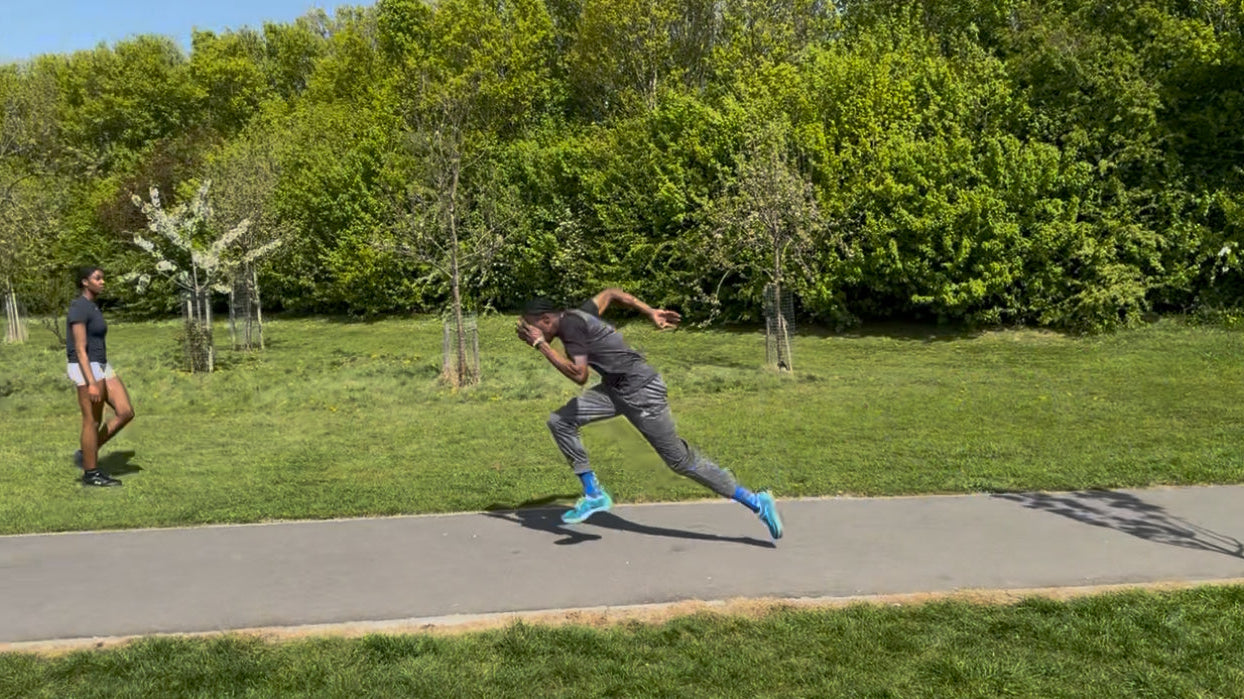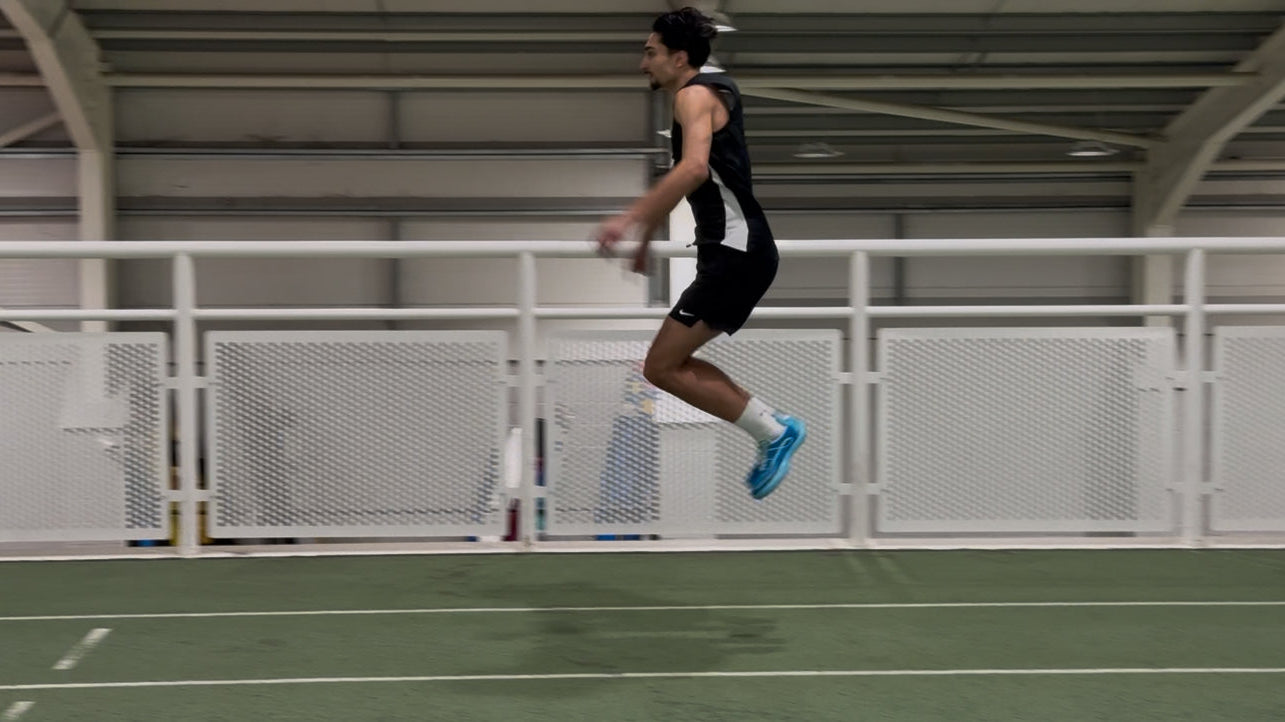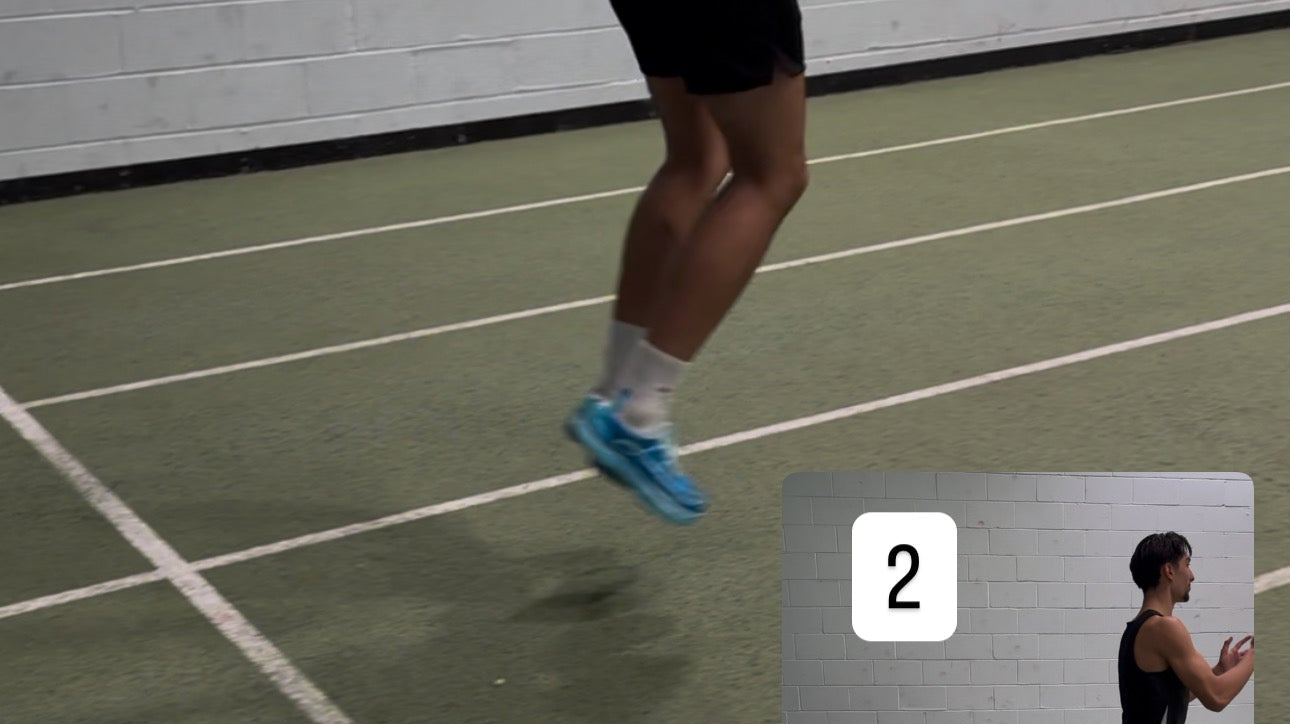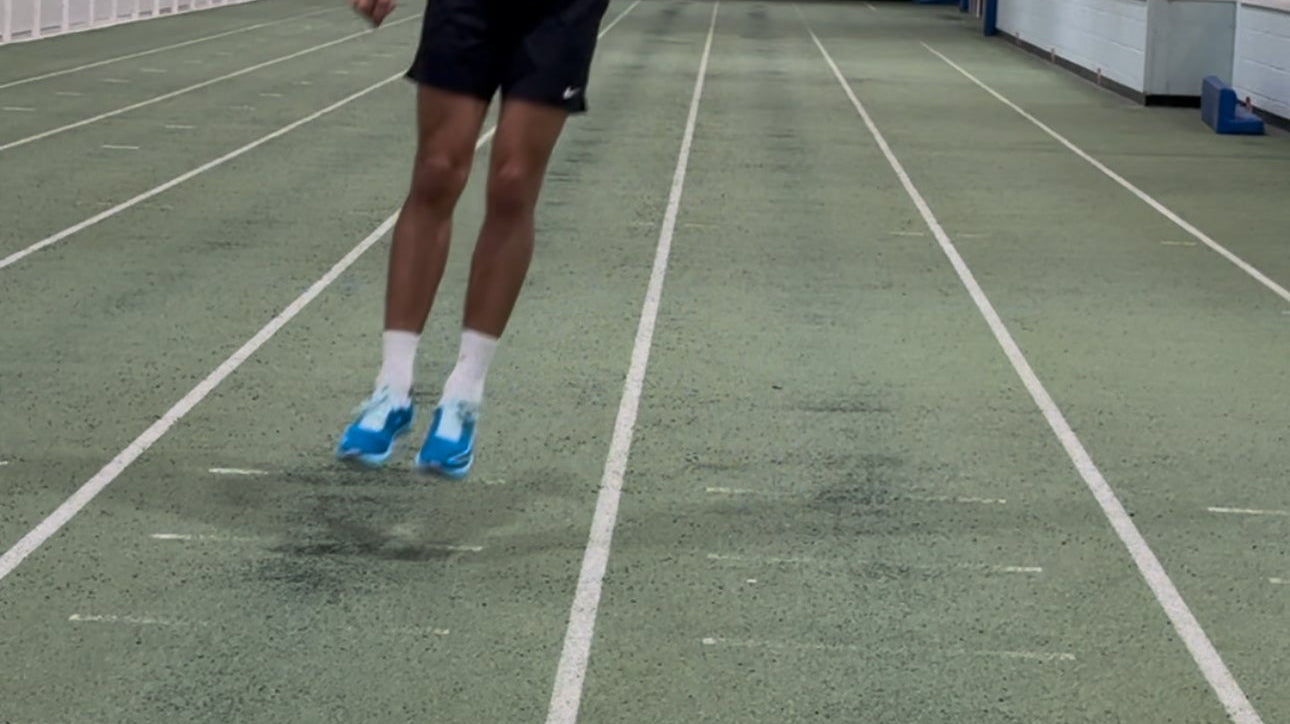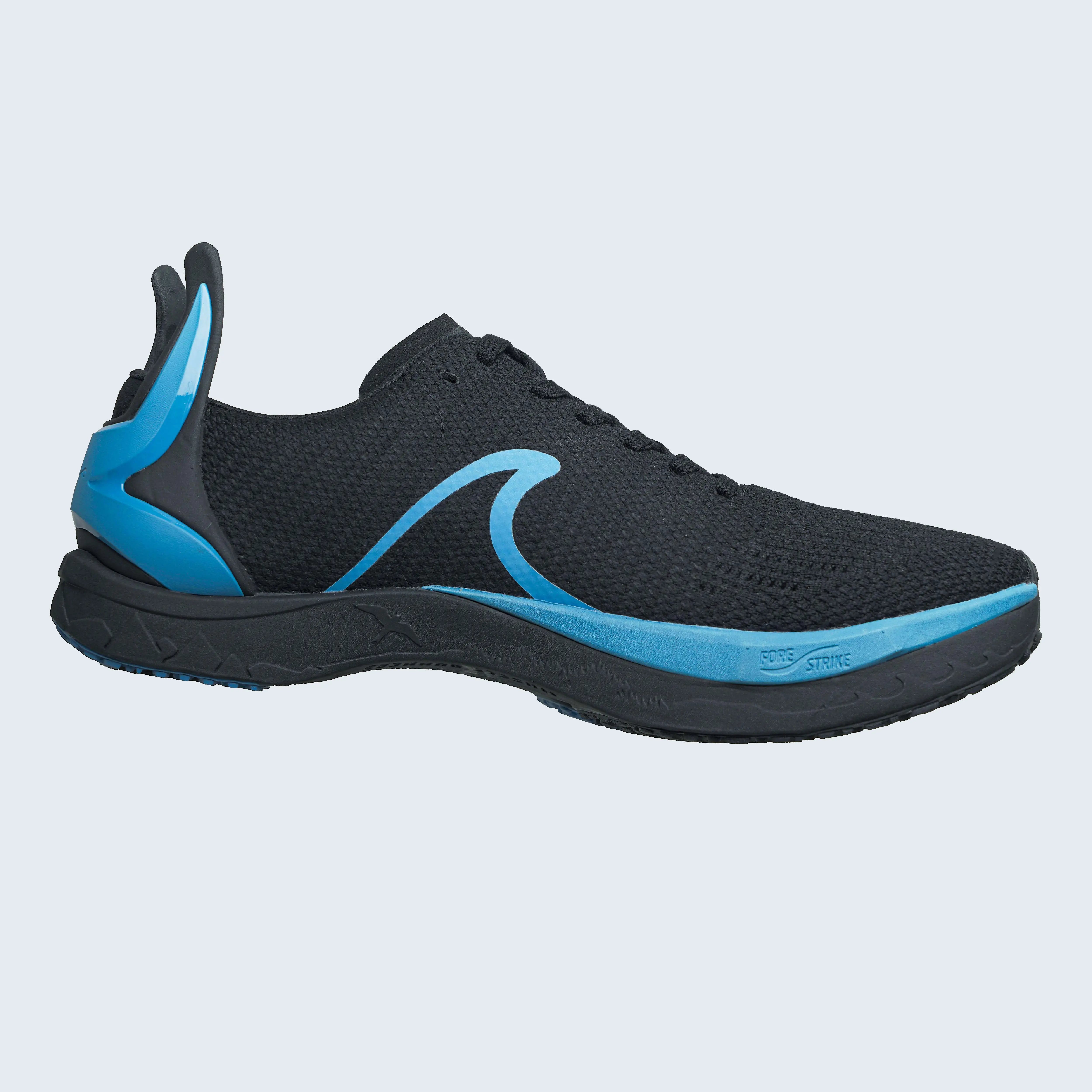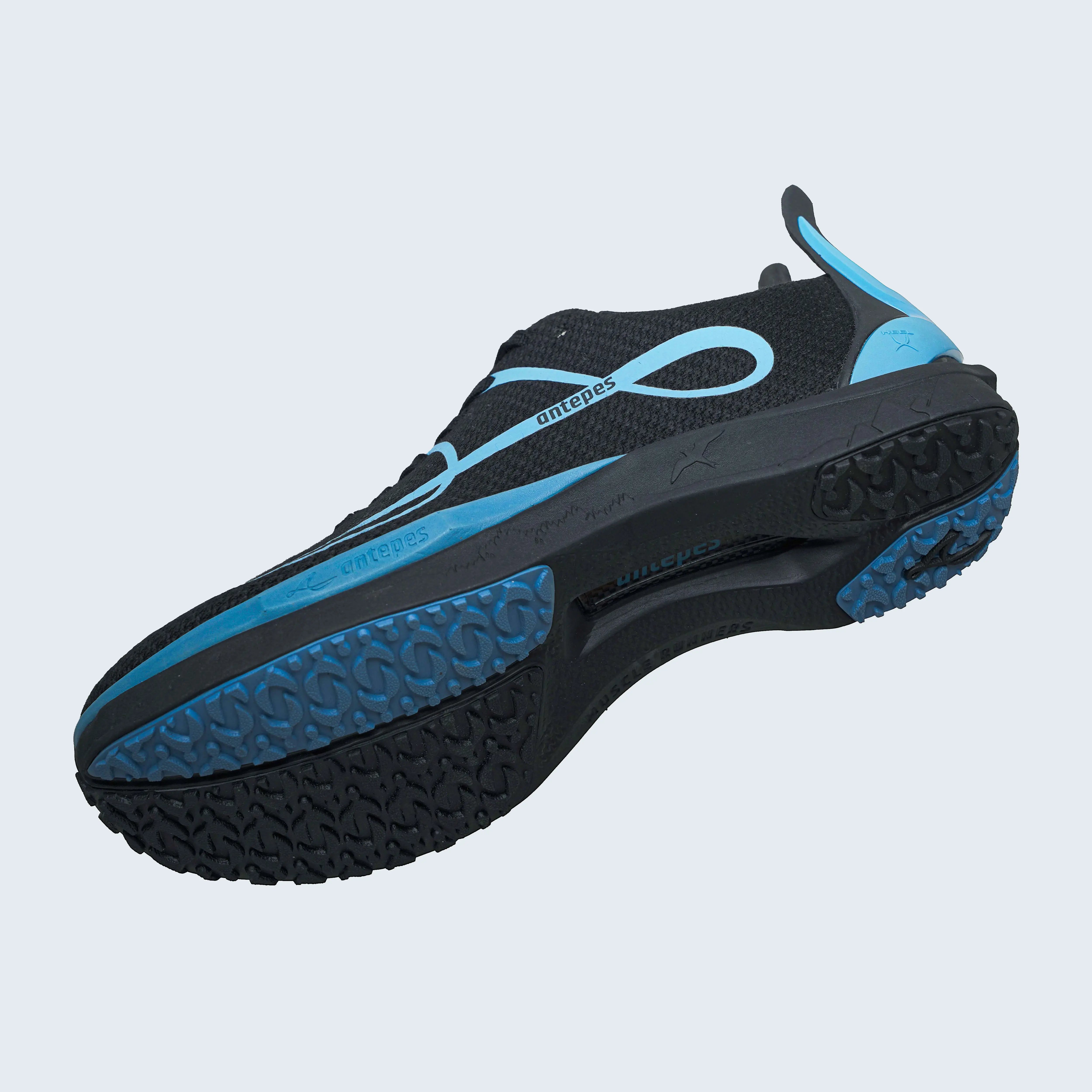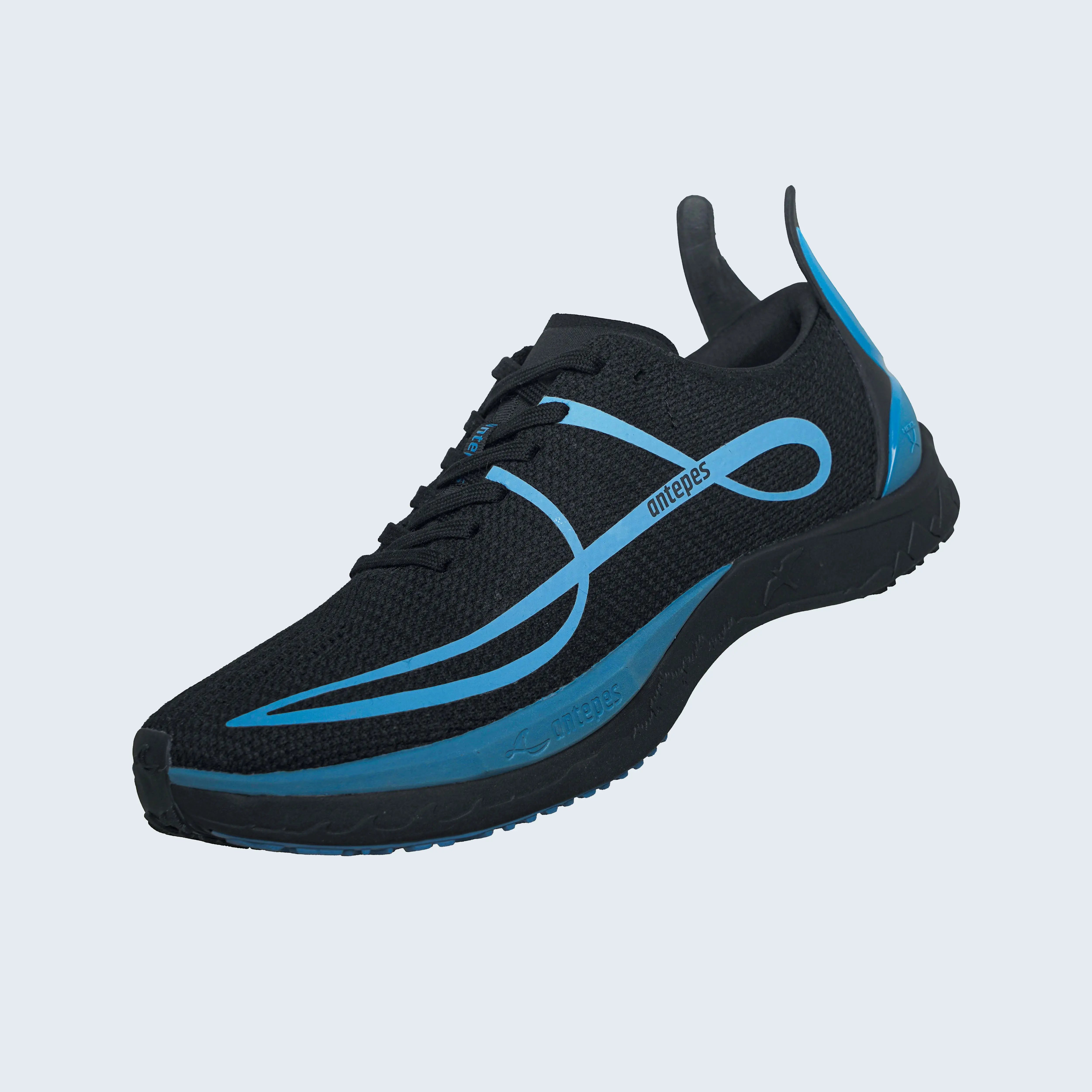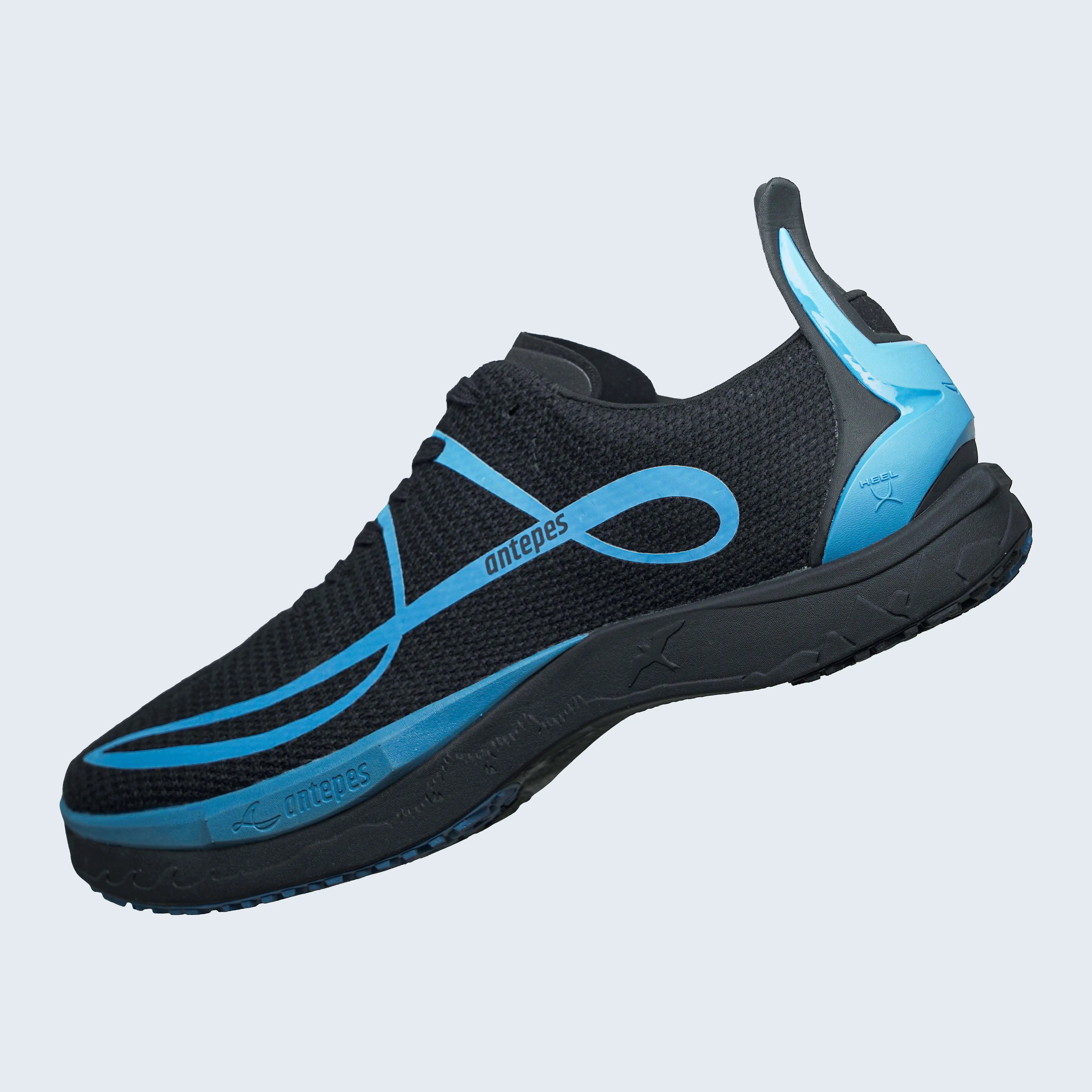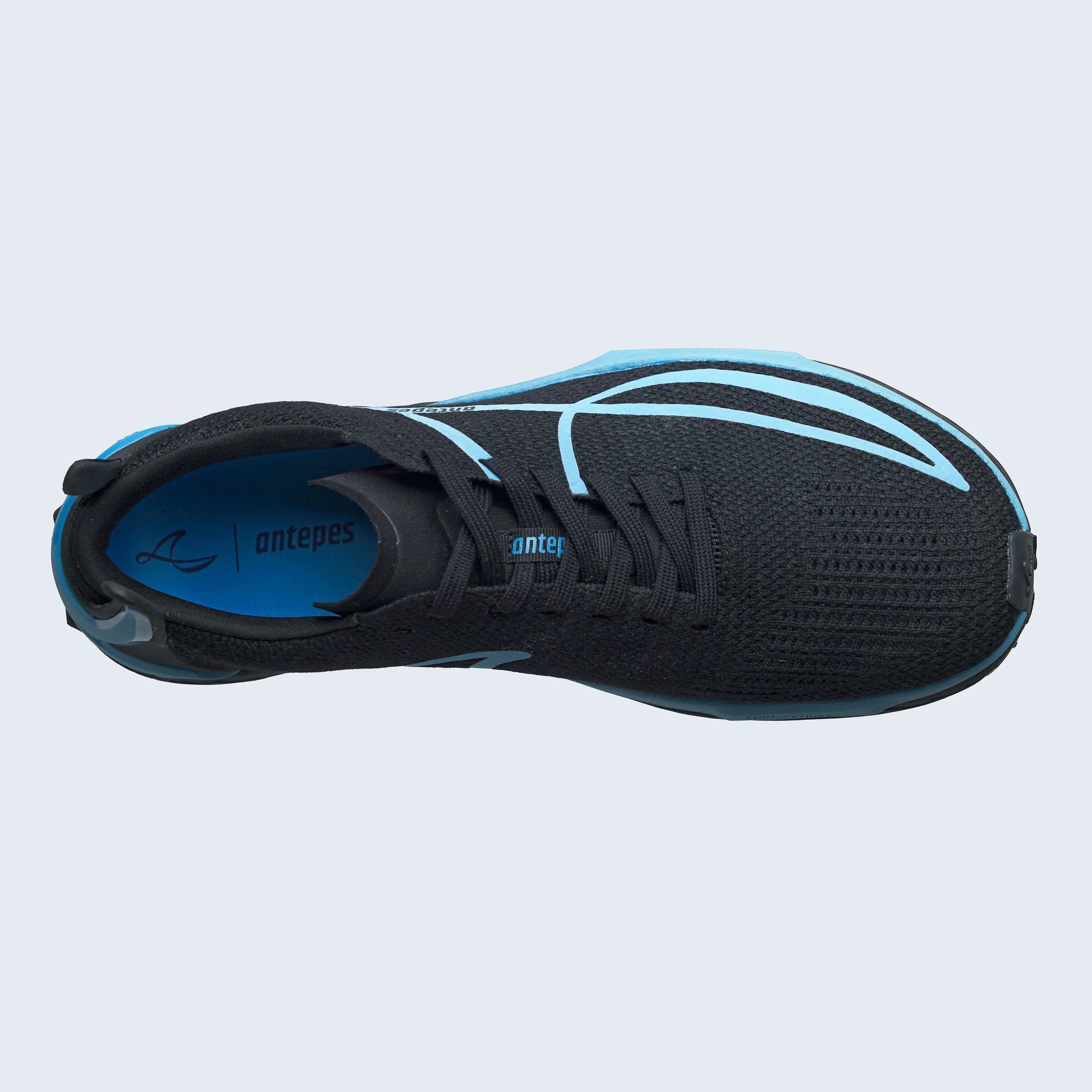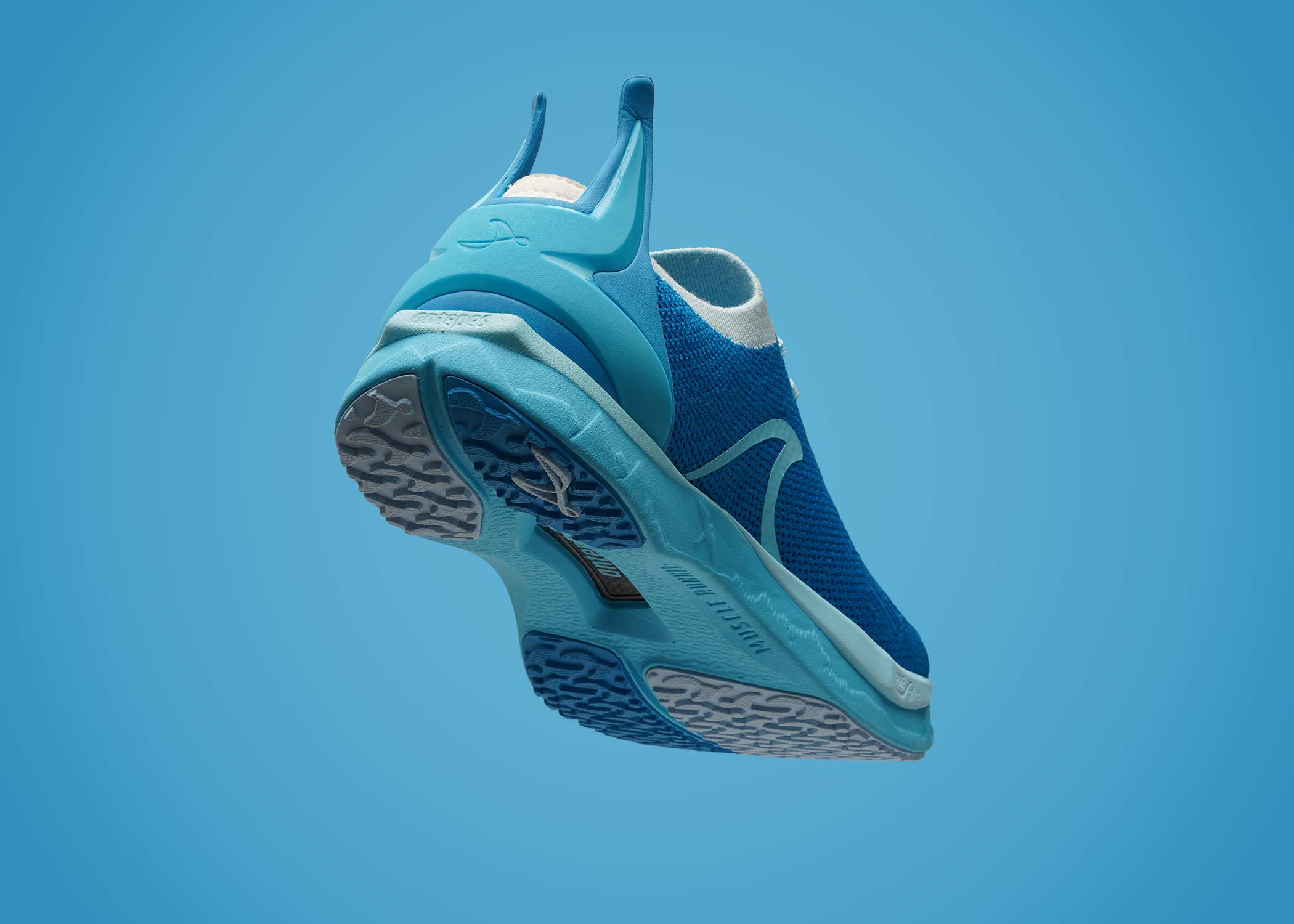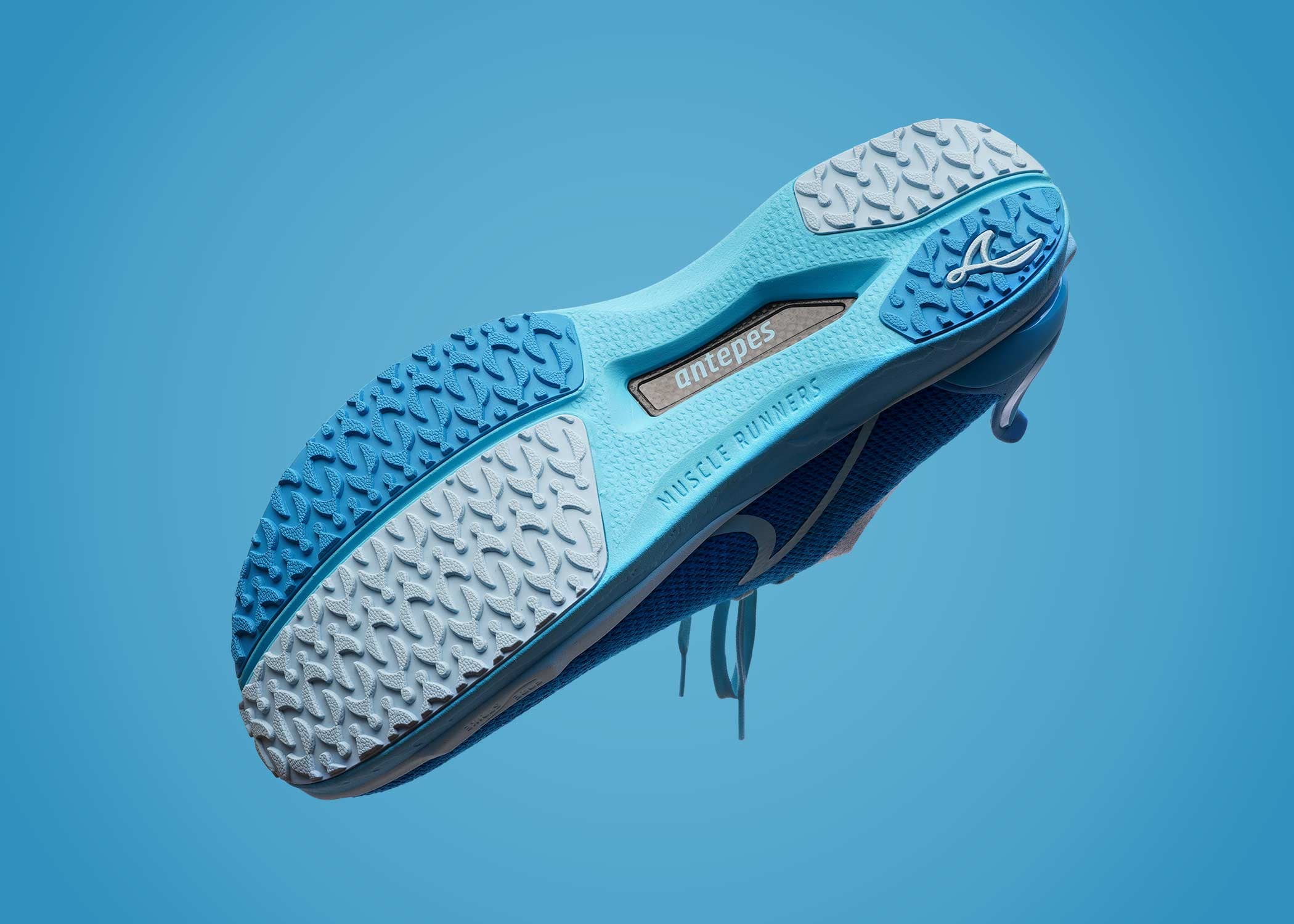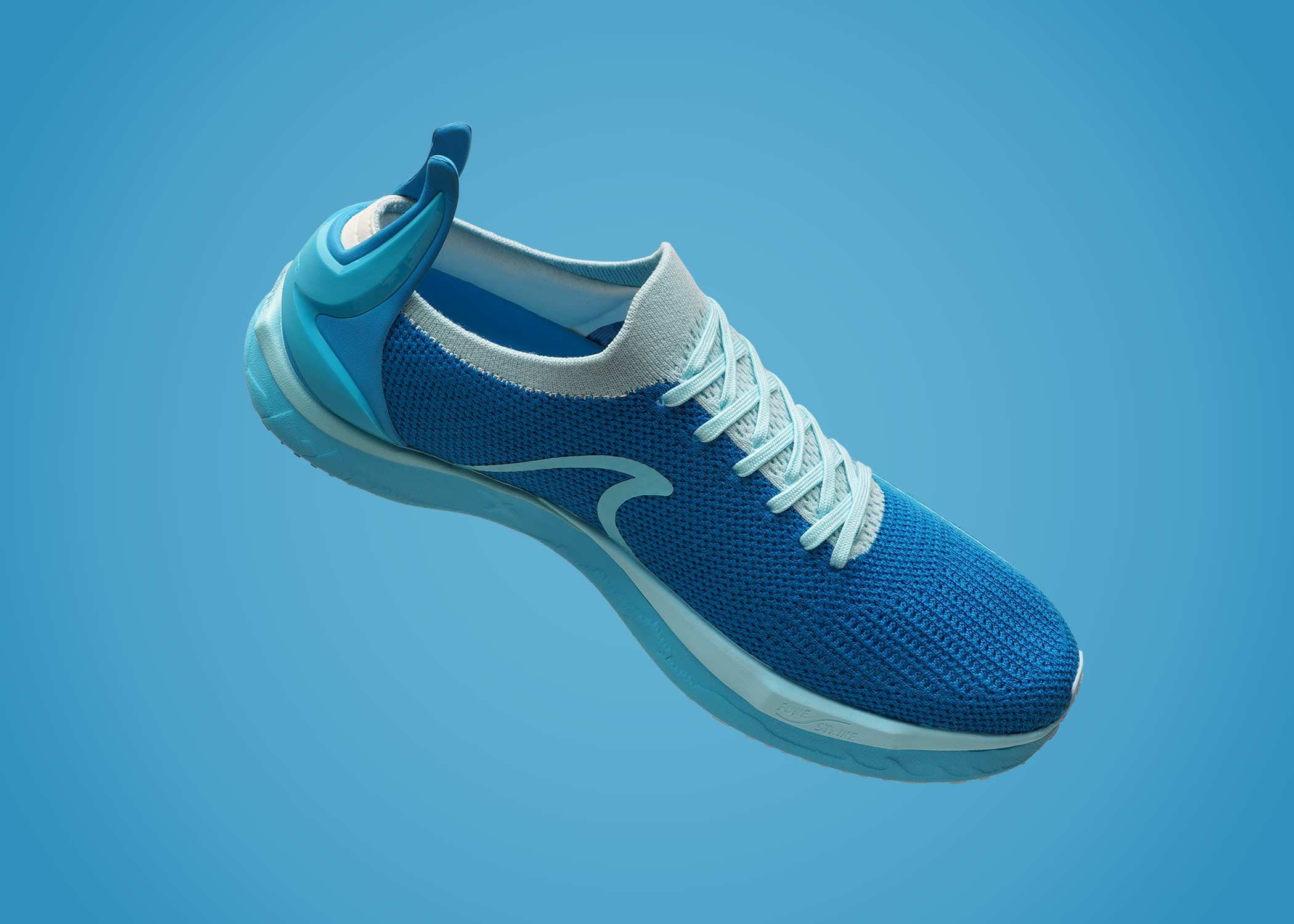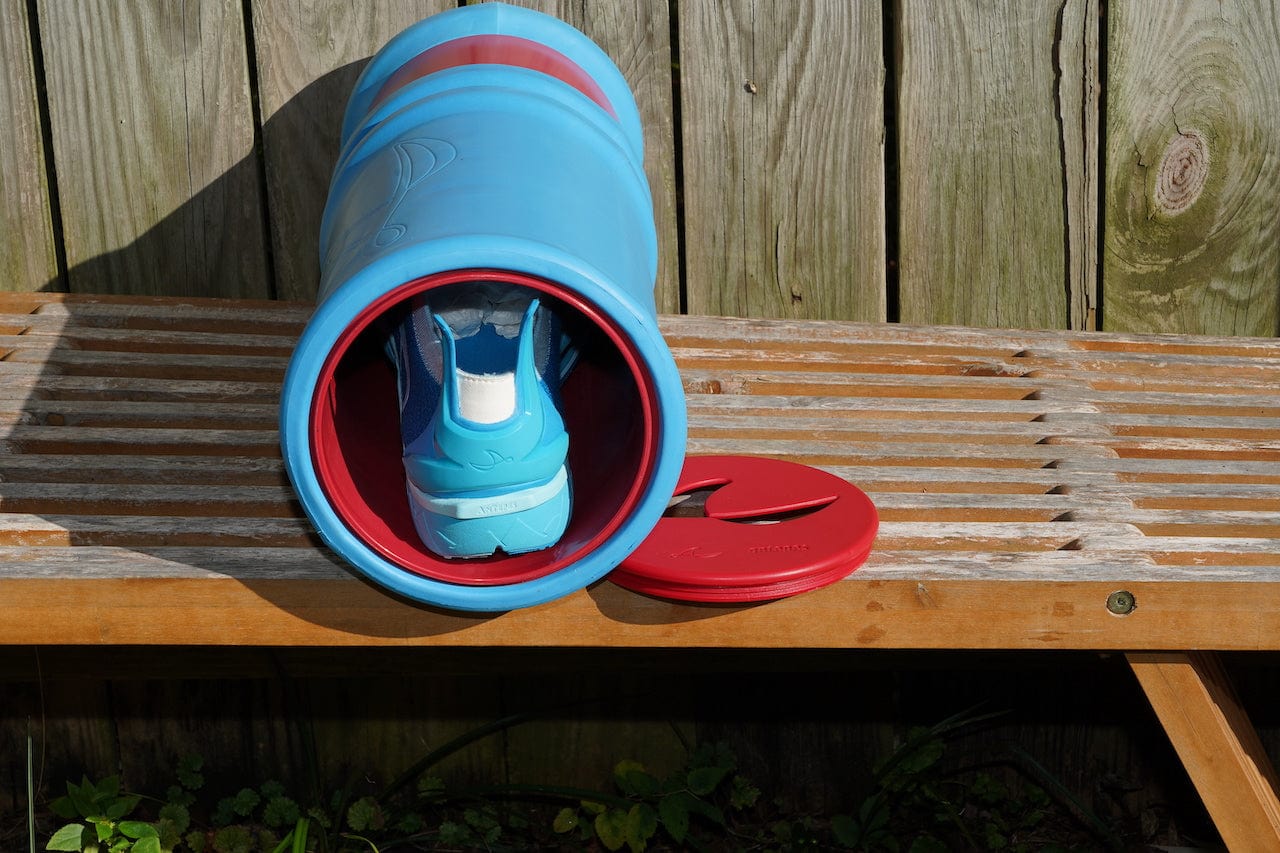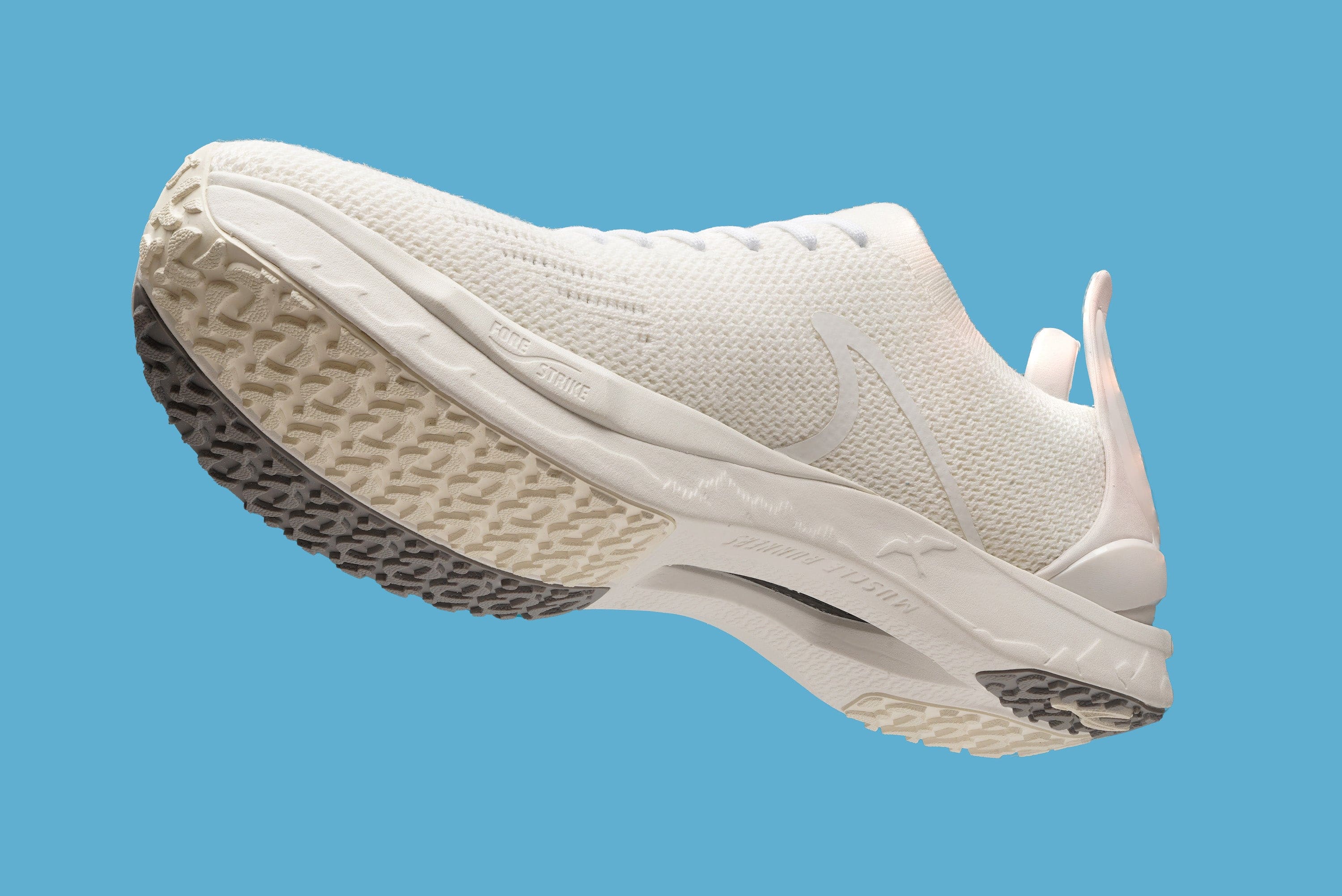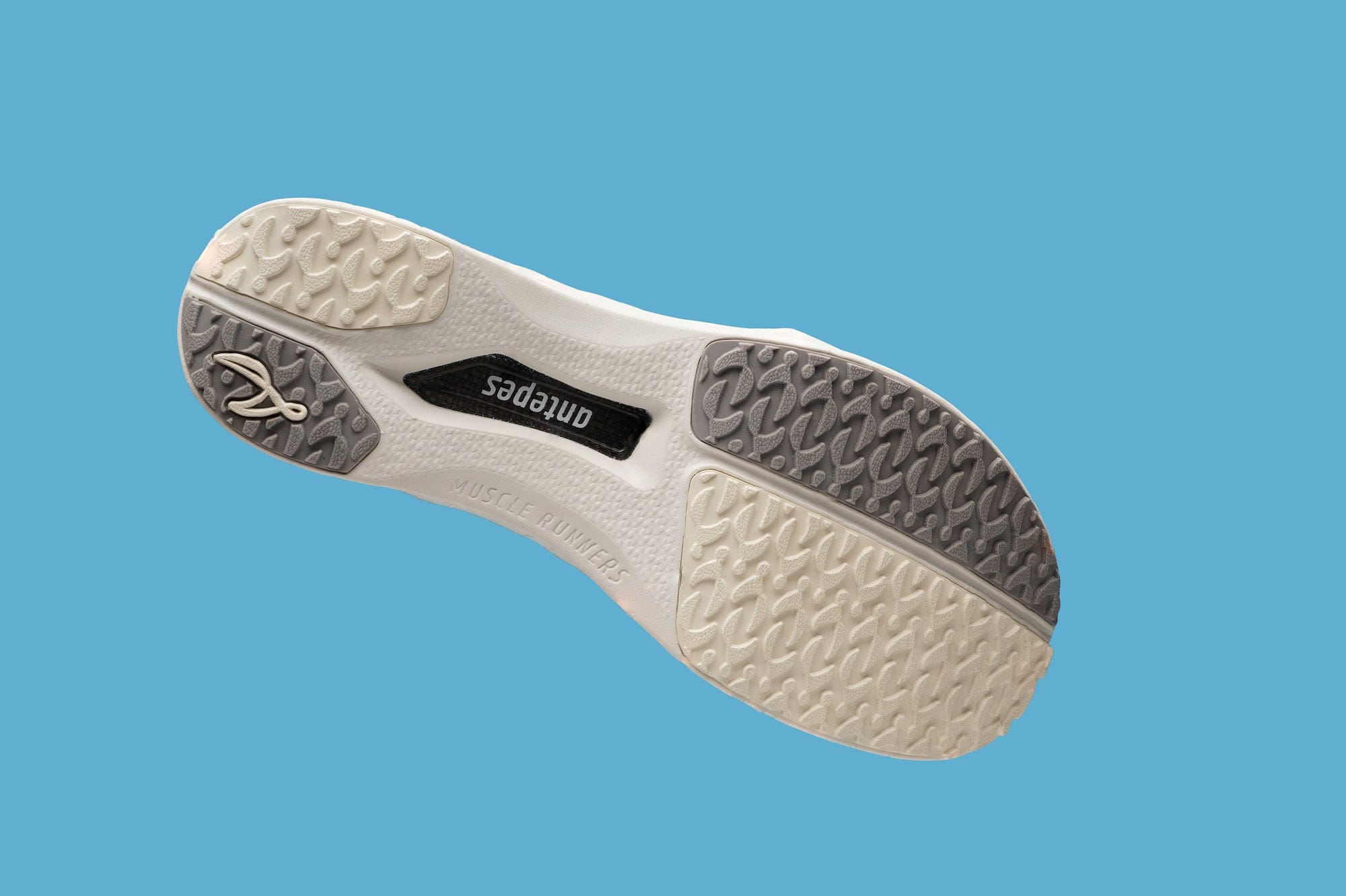In our previous three posts in this series, we have taken you on a journey starting from how to best prepare and plan your autumn/fall training, to transfer, to relevant periodisation (training planning models) and to why a SWOT (strengths, weaknesses, opportunities and threats) analysis is important. In the final post we reach our destination and provide an overview of what you can actually include in your first training block. This will enable you get off to a flying start in your Muscle Runners.
Block Potentiation
Let’s first just talk about the training planning process a little more. In each block you need to have complimentary training inclusions, and these must be specific to speed development. Each block should lift the speed component. Remember, as we pointed out in post 2, that a general preparation phase is not really needed – rather you want a “specific” preparation period. So, your first block of training should not include superfluous activity. Sprint skill, for example, will be a key feature – so, do sprint drills. And your speed conditioning must be designed to mesh with your sprint speed development. Lots of non-speed specific circuit training will dent your speed production in a block of training which also includes acceleration work. The same applies to too much tempo running. To run fast you need to run fast! Yes, we have said that quite a few times.
Having said that the first autumn/fall training block may be a little less speed specific then subsequent ones as we need to introduce speed progressively. However, we in no way forget speed nor drop off speed intensity by many percentiles. It has to be present all year around - even in October for a sprinter, looking to peak in January and July. So, the specific components of improving speed will be utilised in this block.
The focus could be on developing greater reactiveness through doing stadium step work – for example, sprinting up them and jumping down them. Recovery and numbers of reps should err on quality. Fatigue kills speed.
Lots of drills should be included which target the key speed producing muscles – the glutes, hamstrings and other hip extensors and flexors plus the calf muscles. The hips are the axle around which your legs spin. The more power you have here the faster you will be. So, start early upping this power.
To improve top-end speed you need to get there fast, so include plenty of acceleration work in your autumn/fall training.
To improve top-end speed you need to get there fast, so include plenty of acceleration work in your autumn/fall training. And here your super-light Antepes speed shoes are built for the job. These fast running and training shoes have a heel-to-toe cushioning gain - 31.5mm to 10mm negative heel drop for a men’s size 8.5. This means they will shove you out of the required acceleration positions and create a foot-strike boosted by their ForeSpring™ carbon fibre plate.

Depending on your sport or competitive race distance you will also need to include some longer running. We recommend that you build up to this over various training blocks. Specifically, we recommend a “short to long” methodology be employed within the appropriate sequencing of training blocks.
So, if you are a 400m runner – don’t start with 500m, and 600m slow-ish runs rather with 200m runs in fast times with enough recovery to maintain these times. Then as the blocks progress increase the distances (and potentially reps). If you have built your speed from the start you will be able to achieve faster times over the longer reps had you gone about it the other way around using a "long-to-short" methodology.
You’ll have worked with your speed producing fast twitch muscle fibres and not against them. The idea is to build speed on speed on speed using potentiating blocks and an undulating methodology. This requires you to step back just a little on your speed quest across training weeks and blocks from time to time. Take the edge off before going ahead again. This is the art of using such a methodology.
You should also run near to and at maximum speed in the first training block. You want this to be relatively easy on the body. So, build up runs over 60m could be an option. Start comfortably and with fluent form progress speed to 95% over the last 10m. Keep relaxed and don’t strain. Many traditional speed programmes would not introduce such speed work until a much later training phase and by then you are literally playing catch-up with your speed development as you learn to run fast again! Take a look back at post two in this series which critiqued linear/traditional periodisation.
Hopefully we have provided you with some real insights into how to shape your autumn/fall training across this series of posts. In many ways it is very much a case of starting as you mean to finish. That’s by incorporating speed from the first session back whilst of course wearing your Muscle Runners. Look out for detailed speed training plans now that we have set the speed scene.


